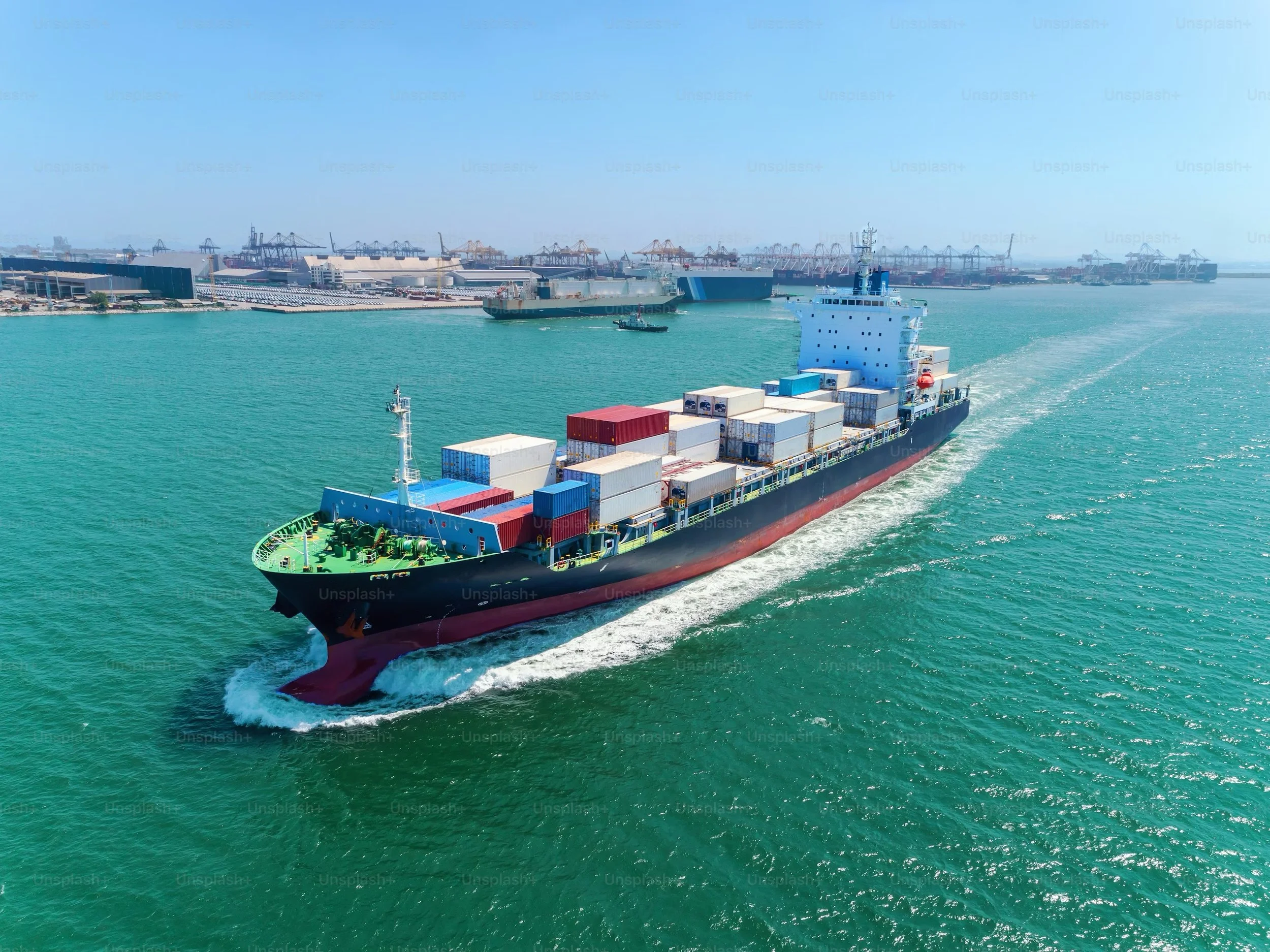Tangier’s Quiet Revolution
Tangier's Quiet Revolution: What a Moroccan Port City Reveals About Where Business Is Really Moving
They're landing in Tangier.
While analysts track New York, London, and Singapore, something more interesting is happening 14 kilometers from Europe, across the Strait of Gibraltar. Tangier—population 1.4 million—has become Africa's largest container port, surpassing Barcelona and Valencia, and is now closing in on Rotterdam.
This isn't a story about logistics. It's about where sophisticated capital goes when it stops following the crowd.
In the first nine months of 2024, Tangier's region approved 69 billion dirhams in investment—about $7 billion USD—creating 60,000 jobs. Dutch automotive supplier Derco just announced a new facility. Chinese manufacturers are building their third and fourth plants. Renault's largest African facility is already there, producing vehicles for European export.
The port handled over 8 million TEUs in 2024. That puts it ahead of major European hubs and on track to match Rotterdam's 14 million within five years.
Most people still think of Tangier as a historic medina and a ferry connection. The business world has moved on.
Here's what makes Tangier different from typical second-tier city stories: it's not trying to be the next Dubai or Singapore. It's not building ski slopes in the desert or courting blockchain conferences. It's doing something more dangerous to established hubs—it's solving an actual problem.
European manufacturers need proximity without the costs of Europe. They need access to African markets without the infrastructure gaps. They need skilled labor without the regulatory complexity of China. Tangier gives them all three, plus a high-speed rail link to Casablanca and a business registration process that takes 1.55 days.
The Mohammed VI Tangier Tech City—a 2,000-hectare smart city due for completion in 2027—isn't a vanity project. It's designed to house 300,000 people and create 100,000 jobs, with a specific focus on automotive, aerospace, renewable energy, and advanced manufacturing.
China Communications Construction Co. holds 35 percent of the development company. That's not a symbolic investment. That's strategic positioning.
While American and European companies were "de-risking" from China, they needed somewhere sophisticated enough to handle advanced manufacturing but flexible enough to move fast. Tangier answered before most cities even understood the question.
The pattern matters more than the place: Capital is moving to cities that solve problems, not cities that market themselves.
Vietnam's Ho Chi Minh City did this for electronics. Mexico's northern cities did it for nearshoring. Tangier is doing it for the Europe-Africa corridor, and it's doing it with less fanfare and more infrastructure than almost anyone noticed.
By August 2025, the region had created 9,450 new businesses—6,925 in Tangier alone. Commerce leads at 43%, but industries account for 6.77%, and that percentage is growing as manufacturers discover what early movers already know.
The city isn't trying to become a "global city." It's becoming something potentially more valuable: a specialized node in a reconfiguring supply chain. While New York and London compete on prestige, Tangier competes on speed, cost, and geographic advantage.
The executives understand this. The real estate developers understand this. The question is whether boards and institutional investors will catch up before the opportunity becomes conventional wisdom.
Second-tier cities don't stay second-tier when they solve first-tier problems. They just become the new nodes where business actually happens—while the old guard is still optimizing for the last era's advantages.
Tangier isn't the next anything. It's the first Tangier. And there are a dozen cities like it that most people won't read about until the factory's already built and the shipping route's already optimized.
The smart money isn't following anymore. It's already there.

